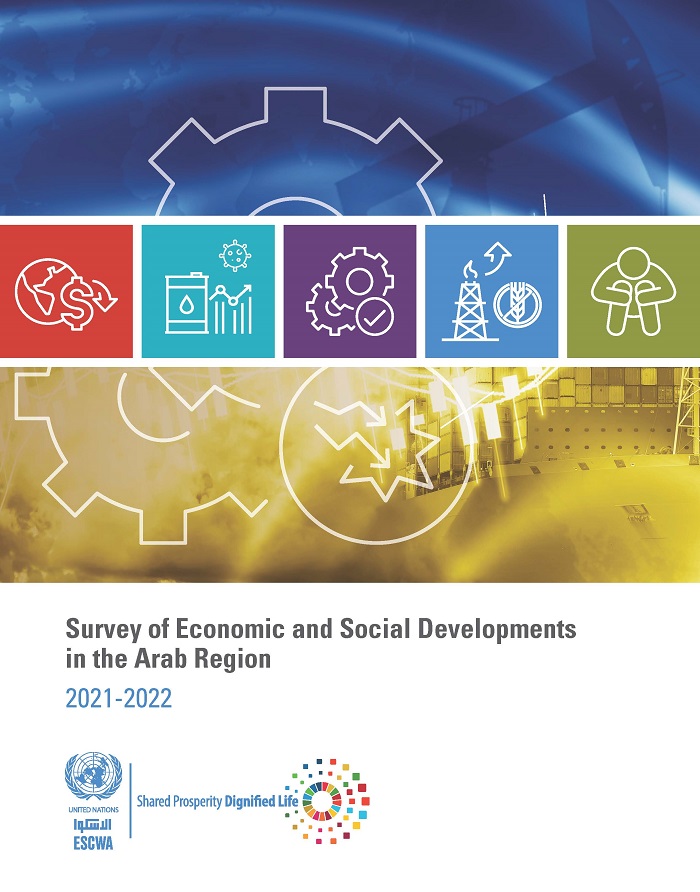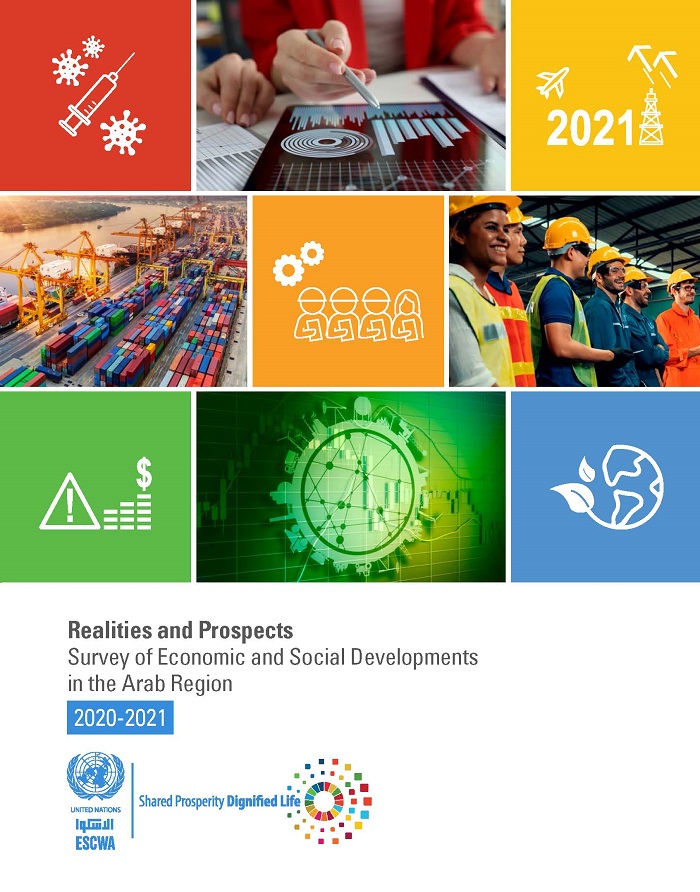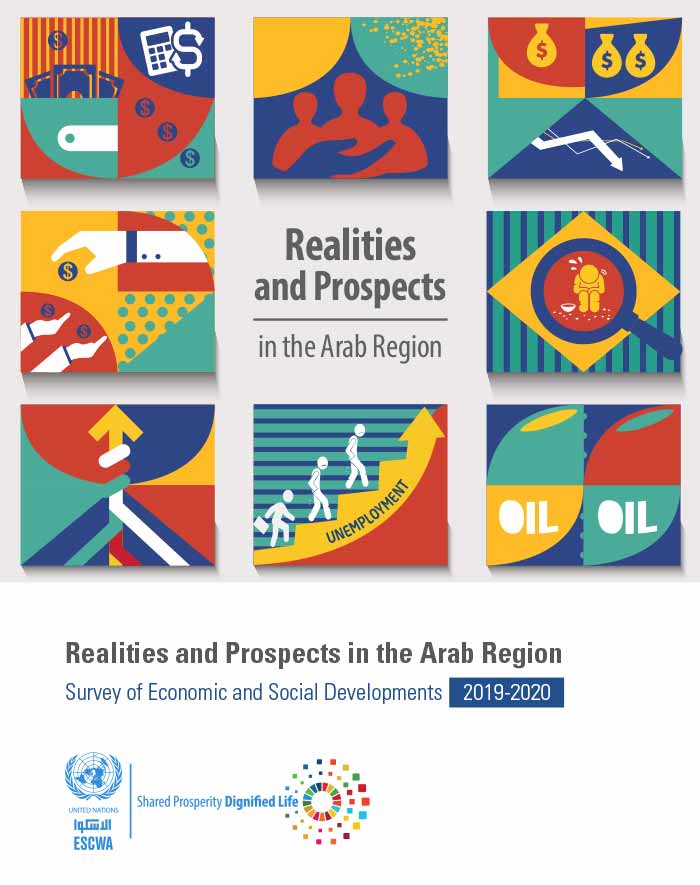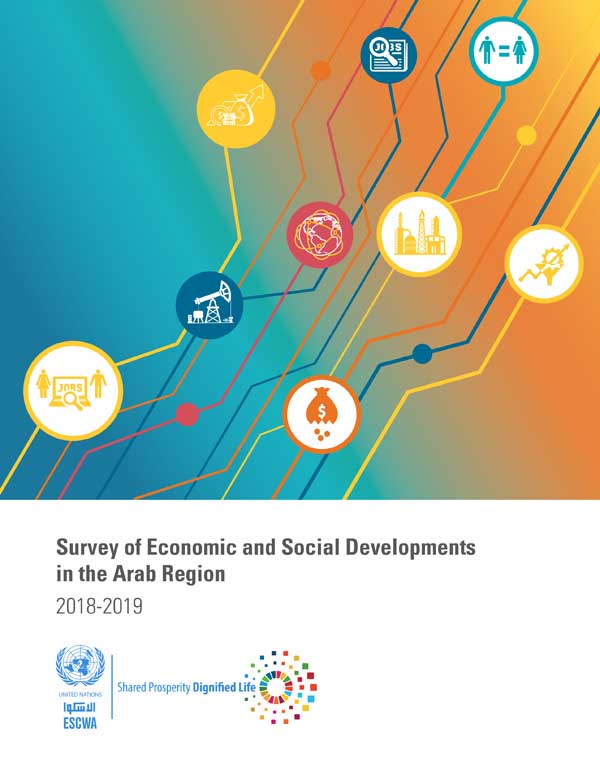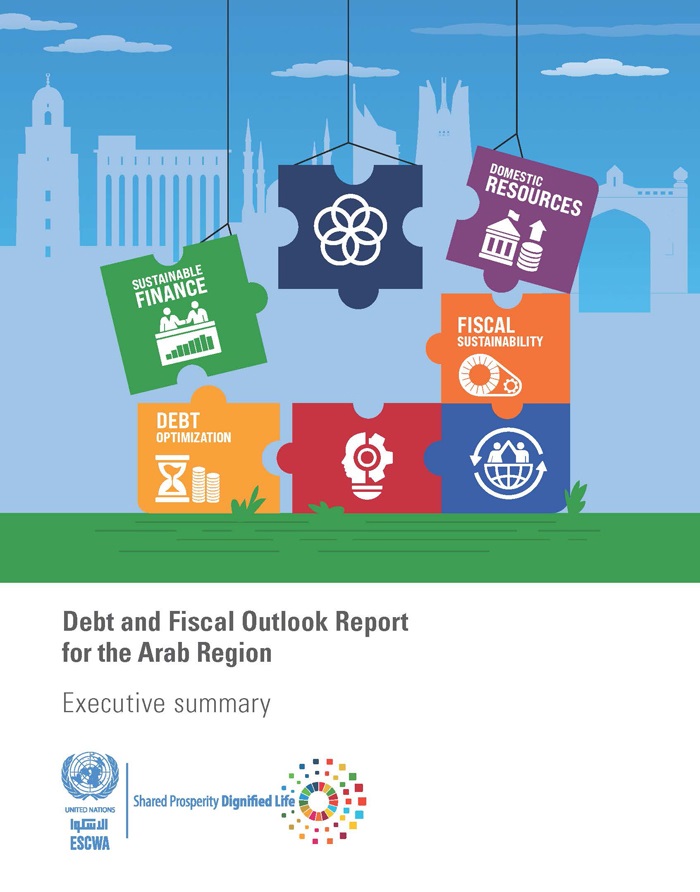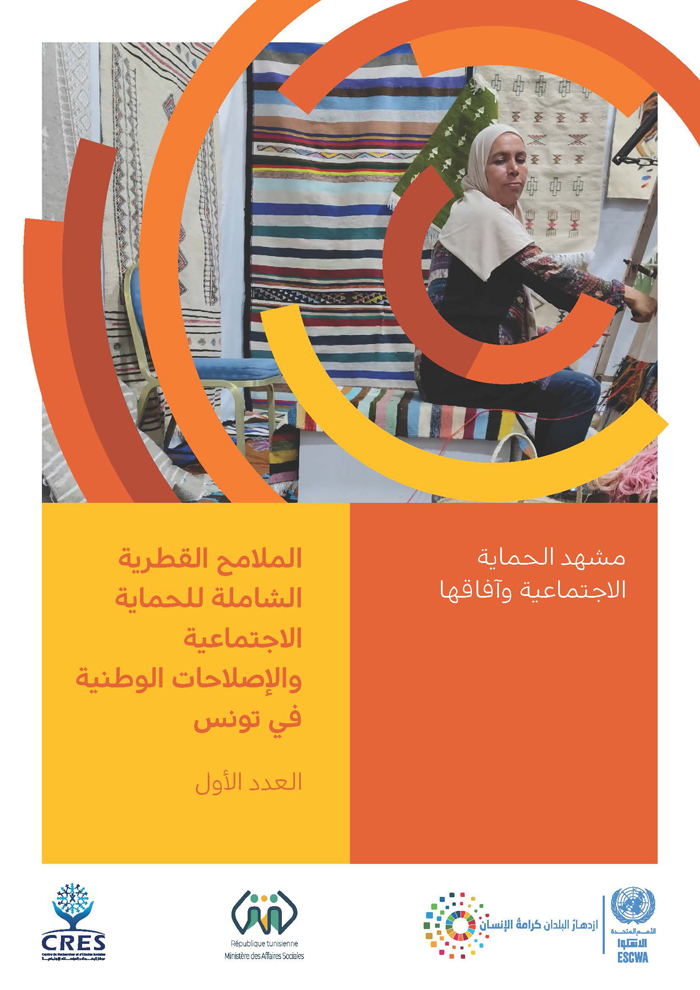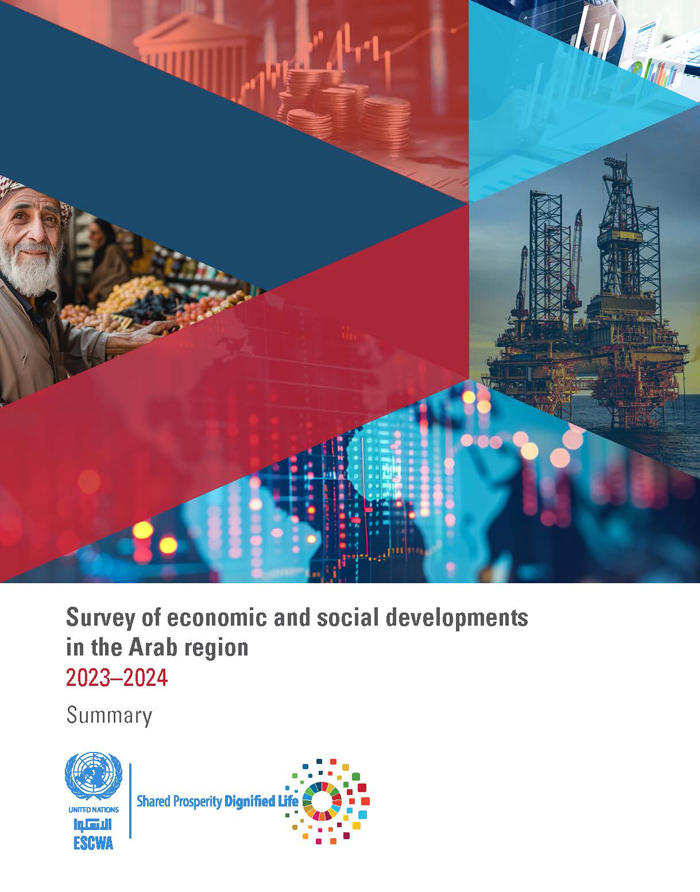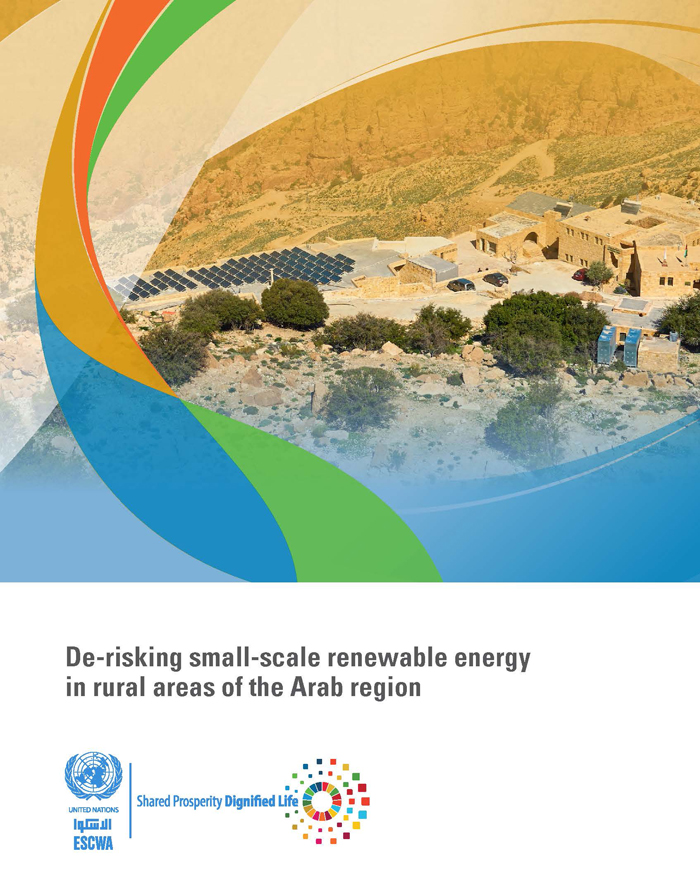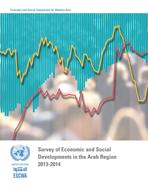
ESCWA Publication: E/ESCWA/EDGD/2014/3
Country: Arab region
Publication Type: Flagship publications
Publication Subject: Survey of Economic and Social Developments in the Arab Region
Cluster: Shared Economic Prosperity
Focus Area: Financing for development, Macroeconomics
Initiatives: Development challenges
SDGs: Goal 8: Decent Work and Economic Growth
Keywords: Arab countries, Economic development, International monetary situation, Macroeconomics, Economic conditions, Economic policy, Political conditions, Social conditions, Social policy
Survey of Economic and Social Developments in the Arab Region 2013-2014
January 2014
The Arab region witnessed slower economic growth in 2013 compared to 2012, owing mainly to the moderate growth in oil revenues of major oil exporting countries. The region is increasingly seen as fragile and chaotic in both socioeconomic and sociopolitical terms, despite its vast energy, natural and human resources. One of its most striking structural weaknesses is the widening financing gap for development, both in terms of foreign exchange and government budgets, particularly in energy importing countries. Several Arab countries are compelled to undergo fiscal consolidation under mounting foreign exchange constraints.
In the light of the pressing nature of this policy issue, the Survey of Economic and Social Developments in the Arab Region 2013-2014 addresses the theme of financing gaps. It estimates financing gaps to achieve full employment and concludes with a set of policy recommendations, particularly regarding the potential of regional integration. Indeed, as outlined in this Survey, regional integration has the greatest potential to unlock financial resource mobilization and diversification, and should be used as a tool for economic and social transformation across the Arab region.
Survey of Economic and Social Developments in the Arab Region 2013-2014: Summary
Related content
Financing for development
, Macroeconomics
,
The Arab region witnessed slower economic growth in 2013 compared to 2012, owing mainly to the moderate growth in oil revenues of major oil exporting countries. The region is increasingly seen as fragile and chaotic in both socioeconomic and sociopolitical terms, despite its vast energy, natural and human resources. One of its most striking structural weaknesses is the widening financing gap for development, both in terms of foreign exchange and government budgets, particularly in energy importing countries. Several Arab countries are compelled to undergo fiscal consolidation under mounting foreign exchange constraints.
In the light of the pressing nature of this policy issue, the Survey of Economic and Social Developments in the Arab Region 2013-2014 addresses the theme of financing gaps. It estimates financing gaps to achieve full employment and concludes with a set of policy recommendations, particularly regarding the potential of regional integration. Indeed, as outlined in this Survey, regional integration has the greatest potential to unlock financial resource mobilization and diversification, and should be used as a tool for economic and social transformation across the Arab region.
Survey of Economic and Social Developments in the Arab Region 2013-2014: Summary
